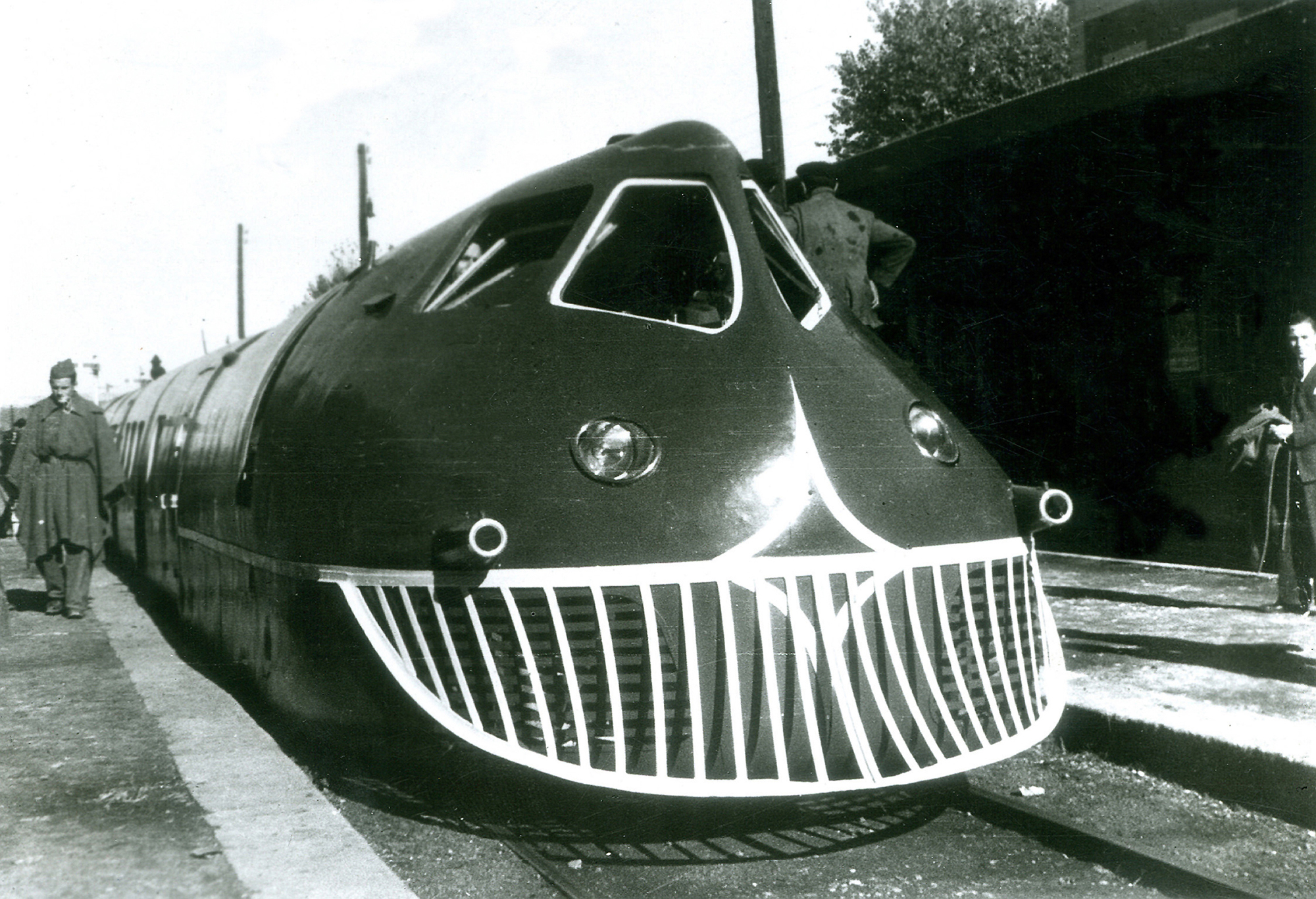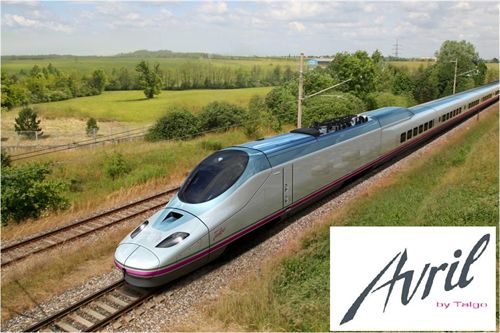Ever wondered why Spain has one of the best railroad systems in the world and always has had?
Well, it’s because they effectively invented “modern” rail travel and have been innovating for decades.
The “Tren Articulada Ligero Goicoechea Oriols” (TALGO) appeared in the 40’s and is considered the first “modern train” in history. It was a revolutionary train, in design and function that concentrated on aerodynamics, style and comfort with speed for the first time. The first time it was revealed it must have created a real stir, similar to a futuristic prototype car being revealed at a car show.


However, Talgo trains are best known for their unconventional articulated railway passenger car that uses a type similar to the Jacobs bogie that Talgo patented in 1941. The wheels are mounted in pairs but not joined by an axle and the bogies are shared between coaches rather than underneath individual coaches. This allows a railway car to take a turn at higher speed with less swaying. As the coaches are not mounted directly onto wheel bogies, the coaches are more easily insulated from track noise. For many decades TALGO dominated the world market controlling event eh North American railroad market from the 60’s through to the 80’s, in fact many trains still running today are TALGO’s. Alejandro Goicoechea was the creator of this train that changed the face of rail travel globally. The Talgo I was built in 1942 in Spain. The coaches were built at the "Hijos de Juan Garay Fábrica" in Oñati and the locomotive was built at the workshops of the "Compañia de Norte" in Valladolid. It was built as a prototype, and it was used to set several railroad speed records.
Talgo II coaches and locomotives were first built in 1950 at the American Car and Foundry Company (ACF) works in the United States under the direction of Spanish engineers, and entered service on the Rock Island Line, servicing the Jet Rocket train, between Chicago and Peoria, Illinois. One was also trialled on the New York Central Railroad until 1958 but saw little success. Talgos were also built for the New York, New Haven and Hartford Railroad for its "John Quincy Adams" train from (New York City to Boston, Massachusetts), and the Boston and Maine Railroad for its "Speed Merchant" train, running between (Boston, Massachusetts and Portland, Maine). Soon afterwards, Talgo II trains began running in Spain, and were successfully operated until 1972.
TALGO continued to develop trains and is still one of the major contenders in the global market. Today they manufacture all types of trains including the Talgo 350, which entered service as the RENFE AVE marking the company's entry into the high-speed train manufacturing market. Tests with the prototype commenced in 1994 and Talgo 350 trains have been operating at a top commercial speed of 330 km/h since 22 December 2007. It has recently launched a very high-speed train called the AVRIL (Alta Velocidad Rueda Independiente Ligero - Light Independent Wheel High Speed), which can travel at 380km/h.

Things have moved on a bit, haven't they?